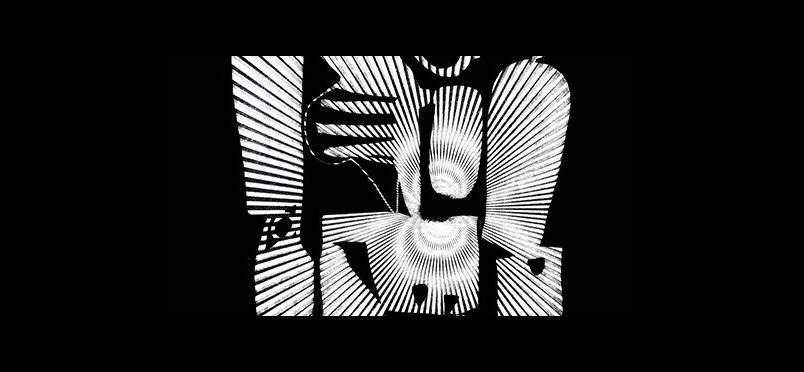| implantable technology
Temporary—and Unattached—Peripheral Nerve Stimulation

Study in Amputees Shows “Significant Pain Relief”
Newswise — Patients who have chosen to treat chronic pain with implanted peripheral nerve stimulation no longer need to be tethered permanently to the device. According to findings from a study in amputees, placing the device for just 60 days resulted in sustained pain relief and functional improvements.
Percutaneous peripheral nerve stimulation devices have been shown to effectively reduce postamputation chronic pain and restore functionality, but to date they have not been widely used, presumably because they required permanent placement through invasive procedures. To mitigate those barriers, Gilmore and colleagues investigated whether temporary placement for just 60 days would provide sustained therapeutic benefit.
Twenty-eight patients with lower-extremity amputations and residual limb pain or phantom limb pain were randomized to one of two treatment groups: (1) eight weeks of peripheral nerve stimulation or (2) four weeks of placebo with crossover to four weeks of peripheral nerve stimulation. They underwent ultrasound-guided implantation of percutaneous, fine-wire coiled peripheral nerve stimulation leads targeting the femoral and sciatic nerves. The leads were removed after the eight-week treatment period.
After 12 months of follow-up, patients in group 1 reported sustained pain relief (67%), reduced phantom limb pain (77%), reduced residual limb pain (64%), and reduced pain interference with activities of daily living (56%). Compared to group 2, patients in group 1 reported a larger decrease in depression symptoms (15% versus 8%).
“This work suggests that implantation of percutaneous peripheral nerve stimulation leads for up to 60 days may provide significant pain relief and subsequent functional improvements in patients that have suffered from chronic neuropathic and non-neuropathic symptoms for many years following amputation,” the researchers wrote. They attributed the results to the activation of large diameter sensory fibers that may reverse cortical nociceptive representation of pain.
Read the full article on Newswise.
Did you enjoy this article?
Subscribe to the PAINWeek Newsletter
and get our latest articles and more direct to your inbox
